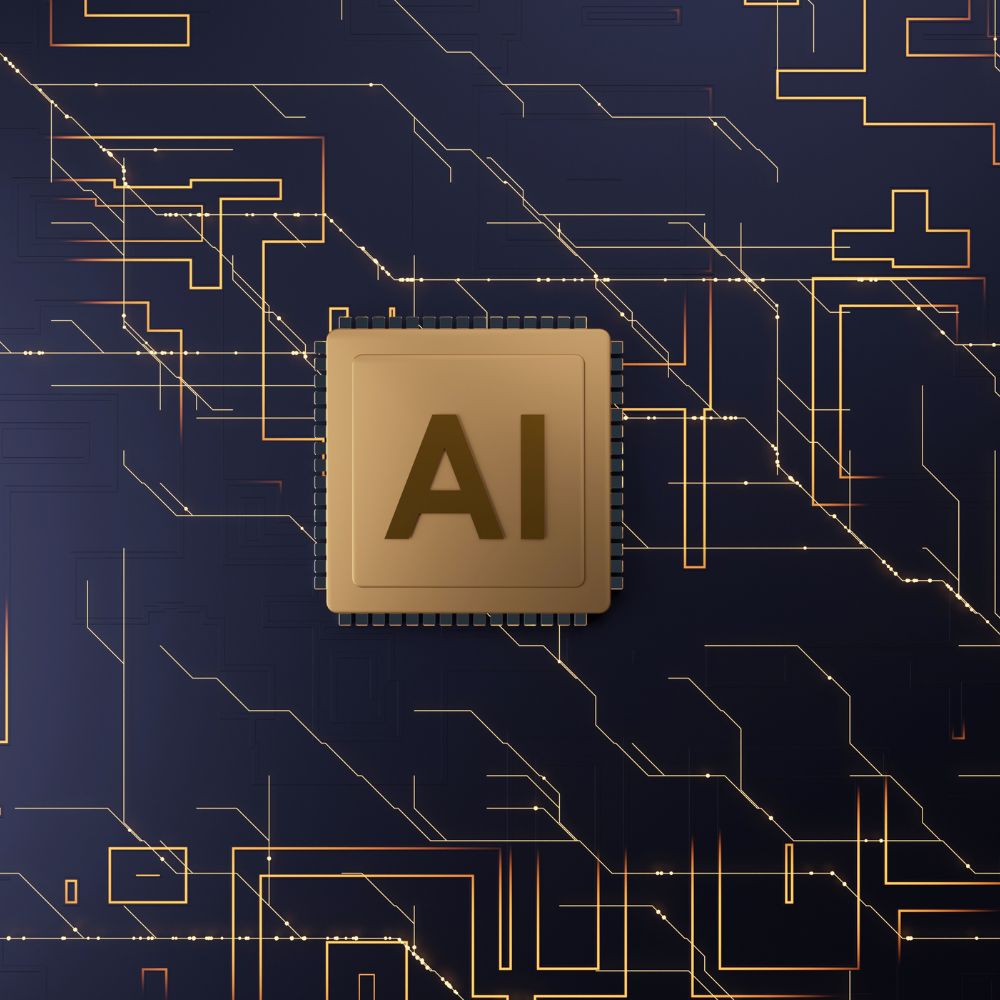Nvidia fixes design flaw in blackwell AI chips, says CEO
Nvidia, a global leader in AI hardware and chip manufacturing, has announced that a critical design flaw affecting its next-generation Blackwell AI chips has been successfully resolved. The revelation came directly from CEO Jensen Huang during a press conference on Tuesday, reassuring investors and partners that the company’s future AI chip offerings remain on track for a scheduled 2025 release.
The Blackwell chips, expected to power cutting-edge artificial intelligence applications, autonomous systems, and data centers, are Nvidia’s highly anticipated successors to the Hopper and Ampere GPU architectures. They are central to Nvidia’s strategy of maintaining dominance in the rapidly evolving AI hardware landscape, which is being fiercely contested by companies like AMD, Intel, and custom chip makers like Google and Amazon.
Discovery of the Flaw
The design flaw, discovered during routine testing and development, reportedly involved power consumption inefficiencies and thermal management issues, which could have potentially compromised the performance and stability of the chips under high workloads. As the chips are designed to handle extreme computational demands—such as training large-scale AI models and processing data for autonomous systems—such a flaw would have been catastrophic if left unaddressed.
Nvidia’s internal engineering team caught the issue in late 2023, a few months after early prototypes were distributed to select partners for testing and feedback. The flaw triggered concerns over potential delays in the production schedule and even the possibility of having to redesign core aspects of the architecture. However, according to Huang, the company acted swiftly to contain the problem and ensure minimal impact on the overall timeline.
“We identified the design issue early in the process, and thanks to our world-class engineering team, we have already corrected it,” Huang said during the announcement. “Our partners and customers can be confident that Blackwell will deliver the groundbreaking performance and efficiency they expect from Nvidia.”
Impact on Development and Market Position
While Nvidia did not disclose the exact nature of the design flaw or the technical details behind the fix, sources familiar with the development process indicate that the problem lay in the chip’s power management system. The flaw resulted in excessive heat generation under sustained AI workloads, a critical concern given that Blackwell chips are designed to push the limits of parallel processing for AI and machine learning tasks.
Despite the setback, Nvidia assured that the timeline for Blackwell’s release remains intact. Analysts had speculated that a prolonged issue could have given Nvidia’s rivals a window of opportunity to close the gap in AI chip performance. However, with the issue now resolved, the company is confident that Blackwell will reinforce Nvidia’s leadership in the AI sector.
Huang also emphasized that Nvidia’s engineers used the challenge as an opportunity to further optimize the design, potentially improving the chip’s energy efficiency and computational power beyond initial projections. “The experience has made Blackwell even better than we originally planned,” he added.
Looking Ahead
Nvidia is betting big on the success of Blackwell, which will be at the heart of AI servers, data centers, and cloud computing infrastructure across industries. With demand for AI processing power soaring and the competition intensifying, Nvidia’s quick resolution of the design flaw ensures that the company remains well-positioned to meet the growing needs of its customers.
While the Blackwell series is still a year away from hitting the market, its importance to Nvidia’s future success cannot be understated. The swift action taken by the company to address the flaw demonstrates Nvidia’s commitment to maintaining its technological edge and leadership in the AI space. As the AI revolution continues to gather pace, all eyes will be on Nvidia’s next move.










